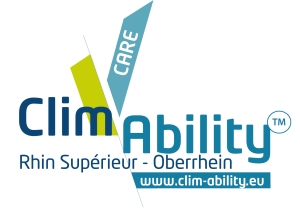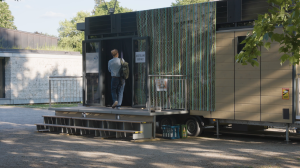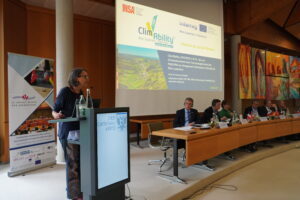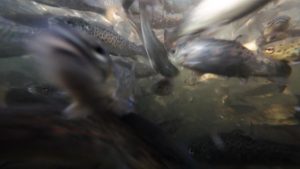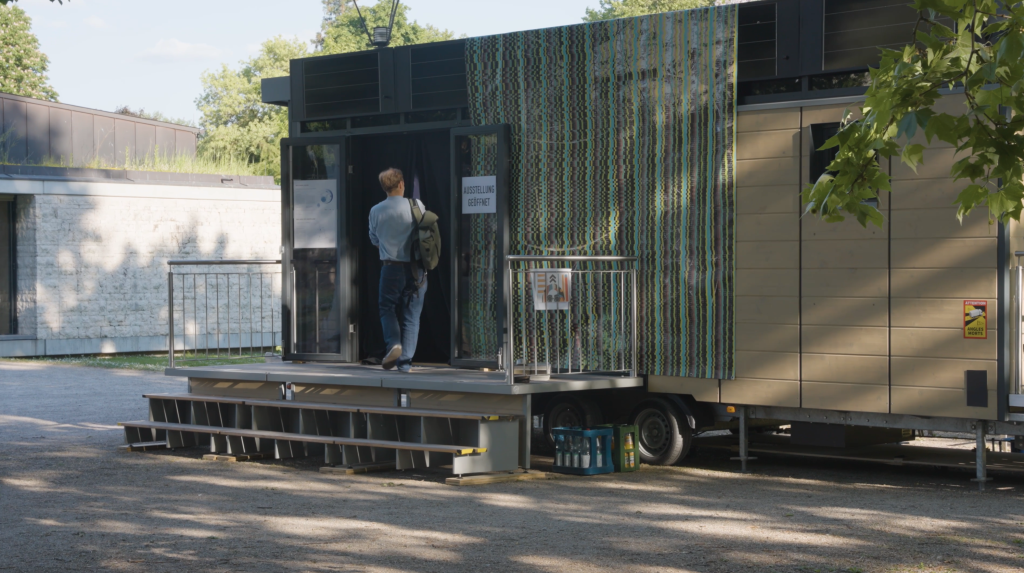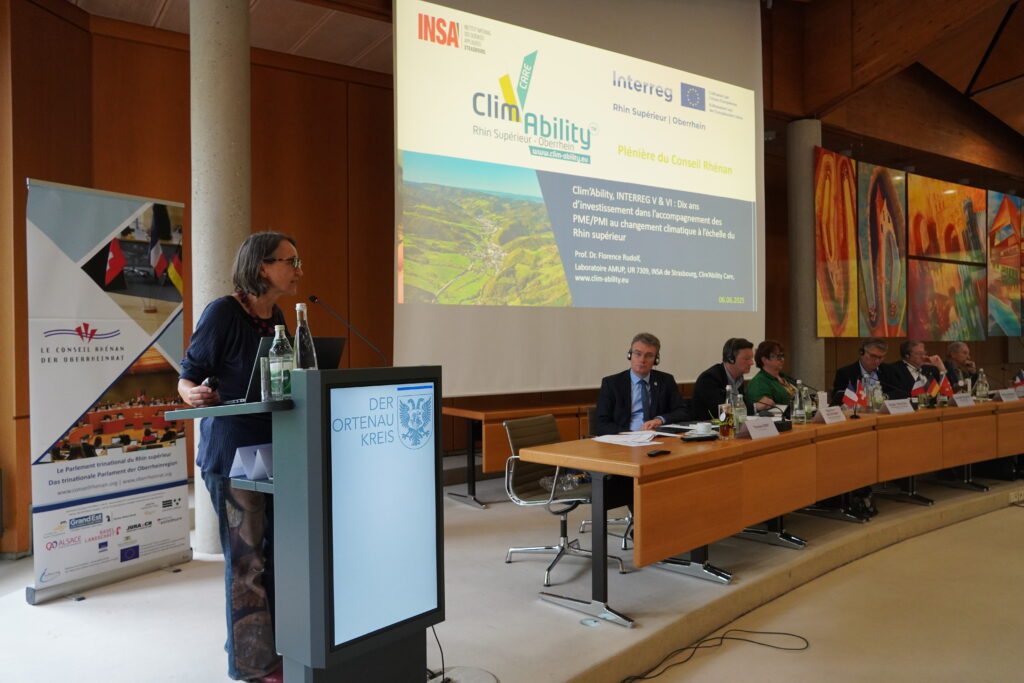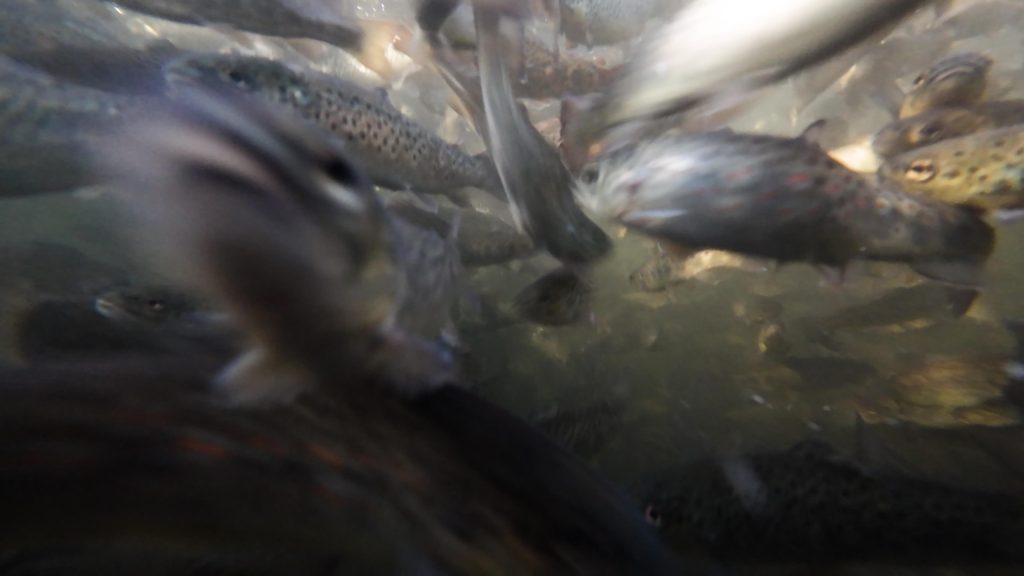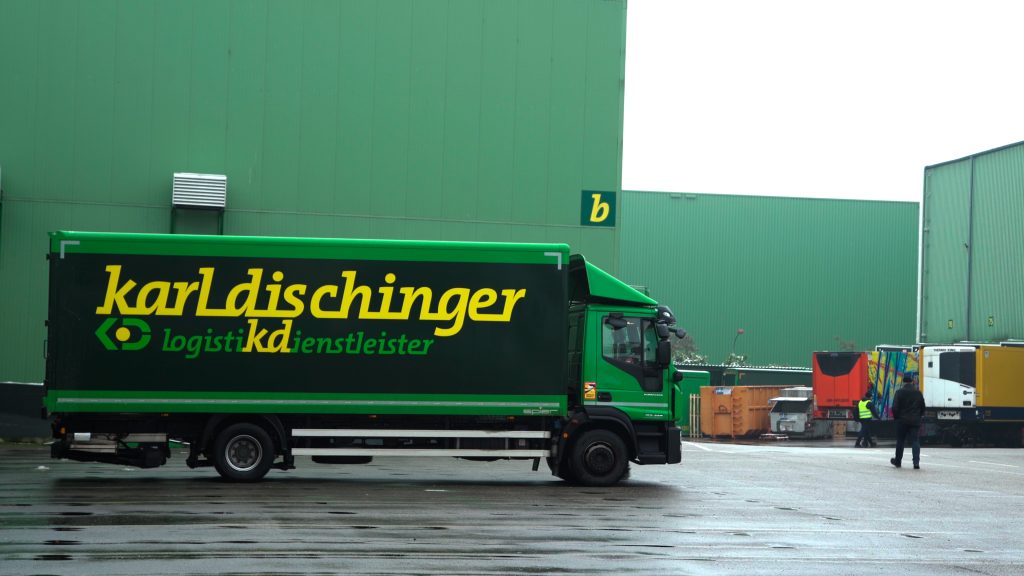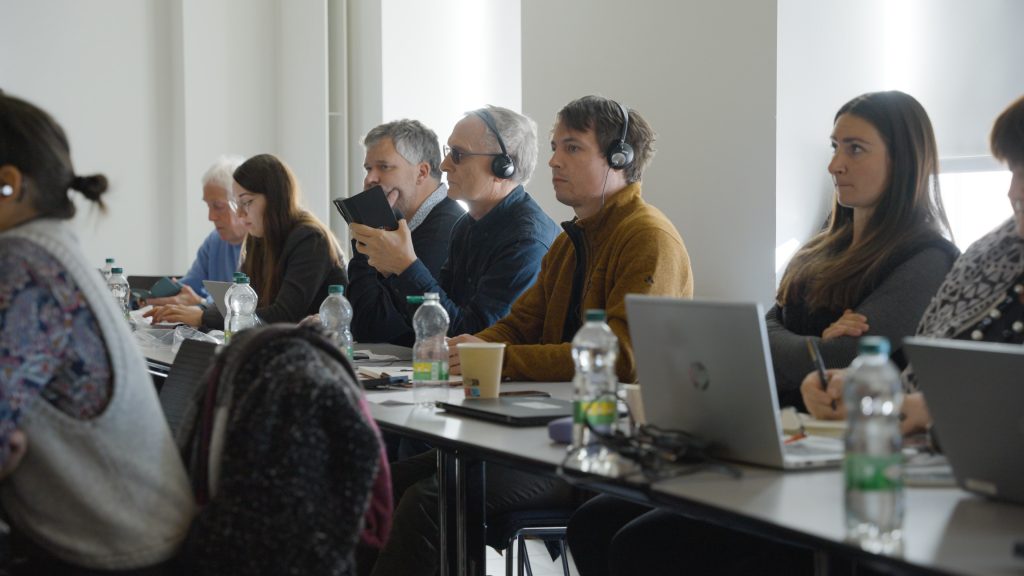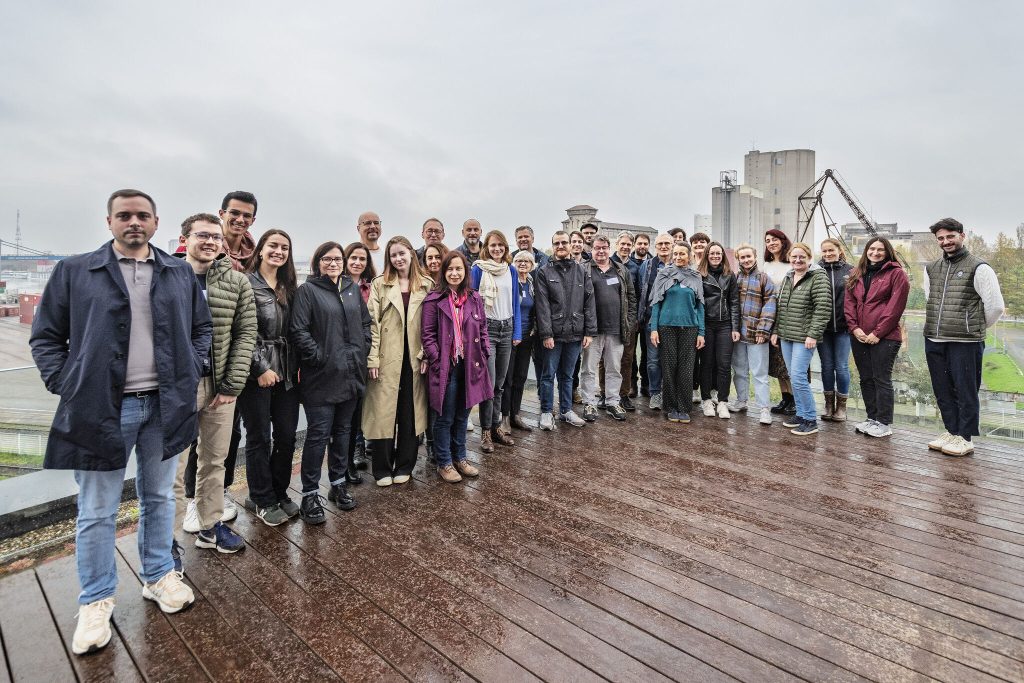Retrospective of the workshop visit to the Kembs hydropower plant: Sharing best practices on ecological restoration and climate change adaptation.
On June 3rd, 2022, the Clim’Ability Design project organized an event at the Kembs hydropower plant in Alsace, just a few kilometers from the Swiss border, on the Franco-German Rhine.
Some project French partners ATMO Grand Est project, the CCI Alsace Eurométropole and HYDREOS invited companies, local authorities and associations of the Upper Rhine region to discover the oldest hydroelectric power plant installed on the Rhine, its renaturation plan, and proposed an exchange on the ecological restoration actions.
After welcoming the participants and the speakers with a snack, Lucas Husson, Director of the “One River, One Territory” Agency of the Rhine Valley at EDF, presented the genesis of the exploitation of the Rhine’s energy to introduce the session. The hydraulic development of the valley is strongly linked to Franco-German history and in particular to the Treaty of Versailles (1919), which gave France control of the Rhine. Today, EDF manages, operates and maintains 8 power plants, the last two being Franco-German concessions.
The Kembs plant, commissioned in 1932, is the oldest power station in the valley and is located at the head of the line. The production of energy is ensured “on the run of the water”, i.e. there is no water retention.
In addition to ensuring energy production, EDF’s mission is also to take into account the multi-use of water, in particular by guaranteeing and securing navigation on the river. Each year, 11,000 boats pass through Kembs, representing an average of 50 boats per day.
This introduction was already an opportunity to ask questions to our participants, for example about the recovery of waste from the Rhine.
A remarkable site visit
Accompanied by Laurène Guillas, Lucas Husson and Sébastien Lenoir from EDF Hydro, and under the camera of Janna Häcker from the University of Offenburg, the participants of the event and the partners of the project started the visit of the site by the plant. First stop: the beach upstream of the plant and the presentation of the filtration system, allowing to extract the waste, natural or not, carried by the river.
The visit continues inside the building with the engine room, heart of the electrical production thanks to its 6 turbines, and with a remarkable art deco architecture. The hydraulic control center, the control center for all the EDF power plants on the Rhine, is located in Kembs. Behind multiple control screens and telephone handsets, 3 agents take turns to supervise and control the hydraulic production of the valley 24 hours a day.
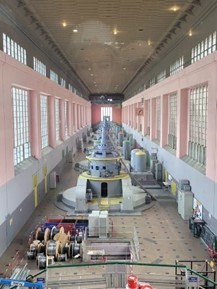
Next, we headed for the southern end of the Rhine island, between the Grand Canal d’Alsace and the Rhine, and the dam located 7 km from the plant. The hydraulic production and the implantation of the power plant is not without consequences on the environment. In order to minimize the impact of the production activity and the decline in biodiversity, EDF has been carrying out a renaturation plan for the site for several years, in cooperation with associations such as the League for the Protection of Birds.
Facilities for the restoration of biodiversity have been built, in particular fish passes and a beaver pass allowing a count and census of individuals and species.
On the Petite Camargue alsacienne site, 100 hectares of corn fields have been restored to the site’s endemic plant and animal species and to a new river branch.
A workshop to exchange best practices on ecological restoration
Back at the power plant, Laurène Guillas opened the workshop on the exchange of good practices with a presentation of the EDF renaturation plan; this was an opportunity, after the discovery of the nature reserve, to realize the extent of the transformations carried out, and the positive ecological effects. For example, 150,000 plants have been planted, and the teams are still fighting against invasive species.
Before giving way to the other speakers of the workshop, Clémence Pierre from HYDREOS and Mélanie Trommenschlager from ATMO Grand Est briefly presented the Clim’Ability Design project, its partners and main actions.
Amandine Amat, in charge of “Climate change and water” at the CCI Alsace Eurométropole, presented the issues surrounding ecological restoration, in relation to adaptation to climate change. Exposing the impacts of climate change in the Upper Rhine region with the help of climate projections, she showed the need for companies to adapt to climate change, for example through ecological restoration actions. Indeed, nature-based actions are inspired by natural mechanisms and allow to reduce the vulnerability of sites to heat waves and floods for example, while promoting the return of life on urbanized or industrial sites. For example, it is a matter of maximizing green spaces (meadows, hedges), promoting the infiltration of rainwater and habitats for wildlife; or engaging in integrated stormwater management.
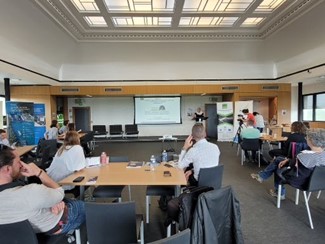
In order to illustrate these good practices, Jérôme Mougel, General Manager of ODYSSEE ENVIRONNEMENT, offered his feedback on the ecological restoration of his site. The company offering biosourced water treatment products, and being part of a “hydro-ethical” approach, it appears taking into account biodiversity on its production site was a coherent and necessary approach. The company therefore called on an association and ecologists to implement concrete measures. Among other actions, an artificial rainwater basin, rural hedges and habitats for bats were installed. The ecologists conducted an inventory of the species, in order to refine the knowledge of the natural environment, to better preserve it.
On the specific theme of light pollution, Dominique Delfino of the National Association for the Protection of the Sky and the Night Environment (ANPCEN), evoked the stakes around the reduction of lights and the work engaged by his association. After having presented the numerous disturbances caused on living organisms by nocturnal light, Dominique Delfino deconstructed the prejudices linking light and security, whether in urban or residential areas, or even on motorway interchanges. The reduction of lighting also allows for serious energy savings. There is a great deal of room for action and work with local authorities, but also with companies, which still light up their signs, parking lots and empty buildings in excessive numbers.
To close the workshop, David Pelot from Météo France, and partner of Clim’Ability Design, presented the climate tools developed in the framework of the project. These tools allow companies to identify their vulnerability to climate change, thanks to the Clim’Ability Diag.
The presentations were followed by a buffet and informal exchanges between the 25 participants, speakers and project partners.
Consult the report and the replay of this event here
► Click here to download the report on the event as a PDF.
► Click here or on the video below to watch the workshop replay [in French].
© C. Pierre, J. Hacker
This event was organized by ATMO Grand Est, CCI Alsace Eurométropole and HYDREOS in the framework of the Interreg Upper Rhine project Clim’Ability Design, co-financed by the European Union through the European Regional Development Fund under the INTERREG V Upper Rhine program.
This event was an official partner of the EU Green Week, which took place from May 30 to June 3, 2022.

